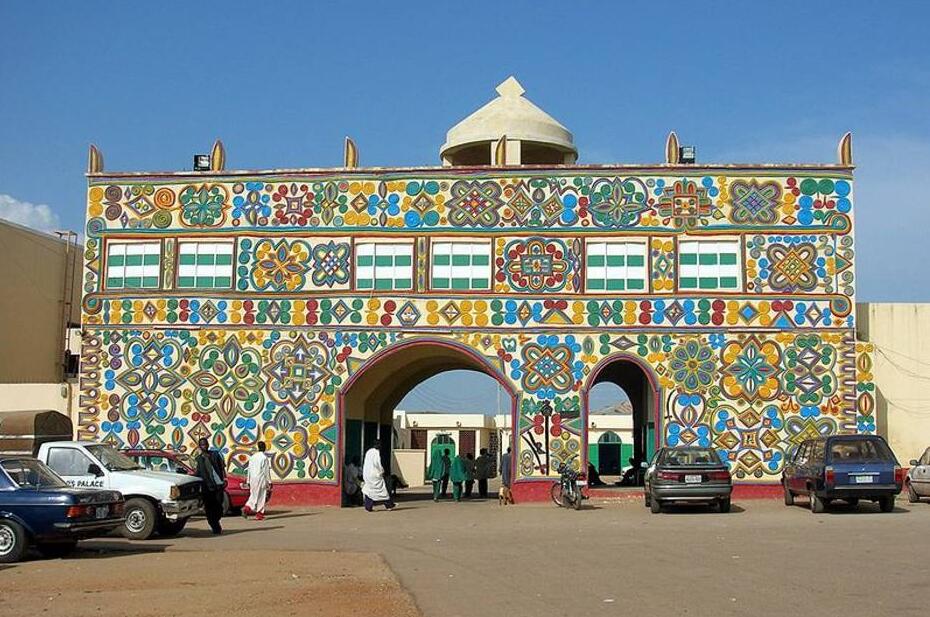Mass Media in Northern Africa
Mass media in Algeria
Algeria has around 20 daily newspapers and 6 weekly newspapers as well as a number of weekly magazines and magazines. The most important newspaper is the FLN body Al-Moudjahid (‘the warrior’), published in Arabic and French in a circulation of just under 400,000, An-Nasr (the ‘victory’), which is published in Arabic in a circulation of about 350 000 and the French-language evening newspaper Horizons with a circulation of approx. 35 000.
The broadcast that was previously state is now privatized, but under state oversight. The radio broadcasts in Arabic, French and Berber languages. Television began its broadcasts in 1956, and from 1970 covers the entire country.

Mass media in Sudan
After the 1989 coup, press censorship was introduced and only media controlled by the government or the military is allowed. In 2003, 9 daily newspapers and a few weekly and monthly journals were published in very limited editions. – The broadcasting business is run by the state. Television broadcasts started in 1963.

Mass media in Morocco
In 2004, 15 daily newspapers were published in Arabic and French, the largest being Al-Ittihad al-Ishtiraki (Socialist agreement, circulation approx. 110,000) and Al-Alam (Flag, circulation approx. 100,000) published in Casablanca and Rabat respectively. In addition, almost 40 other newspapers and magazines are published. The country has a relatively high degree of freedom of the press, but newspapers can be withdrawn as critical articles on certain topics are not accepted. This applies to The role of Morocco in the Western Sahara case.
The state broadcasting company Radiodiffusion Télévision Marocaine (founded in 1928) is controlled by the Ministry of Information and is funded by license fees, advertising and government grants. There are three radio channels with programs in Arabic and Berber languages, besides French, English and Spanish. Television broadcasts began in 1962 with daily programs in Arabic and French, partly financed by advertising. Another TV channel, SOREAD 2M (2M International) was started in 1989. It is partly owned by the state (about 70%) and private interests. It also broadcasts in Arabic and French. There are two private radio stations: Radio Méditerranée, which broadcasts in Arabic and French, and Voice of America, which has one of its main broadcasters in Tangier.

Mass media in Tunisia
As a country located in north Africa defined by Countryaah, Tunisia (2004) has eight daily newspapers, some in Arabic and others in French, with a total circulation of around 300,000. edition). Although freedom of speech is enshrined in the Constitution, the government maintains strict control over the press and broadcasting. Topics such as corruption and human rights are prohibited. Oppositional media has at times been stopped by the authorities, which has led to a great deal of self-censorship. Internet sites are also checked and critical sites have been shut down.
The state broadcasting company, Etablissement de la Radiodiffusion Télévision Tunisienne (ERTT), which until 2003 had a monopoly on broadcasting activities, has since 1983 had two nationwide TV channels, from 1988 with advertising, and several radio stations. It broadcasts in Arabic, French and Italian. Television broadcasts started in 1966 in the northern and central part of the country, from 1972 the whole country is covered. Egyptian and Pan-Arab satellite TV channels have many viewers in Tunis. Two London-based, opposition TV channels, Al-Mustaqillah TV and Zeitouna TV, can also be taken via satellite.



